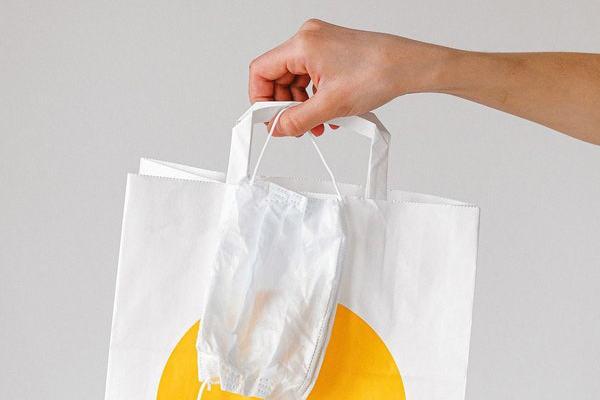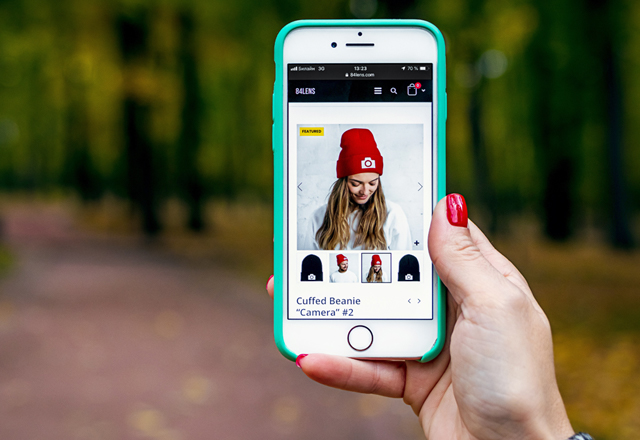
As a retailer in a competitive marketplace, a major focus should be monitoring the health of your business. For most retailers this means getting a handle on your Key Performance Indicators, or KPIs.
Defining KPIs

A KPI is a metric that is designed to give you a quick snapshot of some aspect of your business. A KPI might be a measure of sales, customer activity, or financial strength.
More than simply a bottom line number, a KPI is usually expressed as a comparison with some other factor. For example, looking at the average sale per customer gives you an understanding of the potential value of each customer.
Which KPIs should I track?

There are hundreds of KPIs that a retail business owner could be using at any one time. If an activity can be tracked and measured in your store, a KPI can be developed to provide you with business intelligence. One of the challenges is to decide on a handful of KPIs that provide you with the most valuable information based on the goals and objectives of your operation.
Every retailer will have a different set of KPIs. For example, a business that uses commissioned sales associates to sell to customers may place a heavy emphasis on KPIs that track the effectiveness of an individual sales associate while these KPIs may be irrelevant for another retail business.
You may want to track KPIs related to your customers. Simply knowing the number of customers who enter the store each day may not be enough for you. You may want to gain a deeper understanding about your customer’s shopping patterns and what converts them from a casual shopper into a dedicated, returning customer.
To do this, you need to carefully consider what data you should collect and analyze.
Choosing the right data

Data, by itself, is not a KPI until it’s arranged in a meaningful way. A list of sales transactions throughout the day is good data to have but it’s not the whole picture. The next step might be to calculate the total dollar amount of sales for the day. You can arrange the data in any number of ways: sales by department, sales by item, or sales by cashier. At this point, you still only have data to analyze.
The strength of KPIs is knowing how to use data to gain a competitive advantage. It all comes down to the goals and objectives you set for your business.
For each goal you establish, you must also create the metric that will determine if you are successful in reaching that goal. Your KPIs become the method by which you track your progress. If your key performance indicators do not reflect progress toward your goal, you must change the tactics you are using in your business.
Using raw data to optimize your retail operations

Let’s look at one simple example of how your goals and KPIs come together to give you a competitive advantage.
Marlene runs a small clothing store in a mid-size urban market. Lately things have been going good but the business has leveled off. She would like to increase her business over the next year. She creates a goal to increase her sales by 10%.
Marlene realizes that an obvious KPI is her total sales. She can also break down her sales on a daily, weekly, monthly, or quarterly basis to compare with the previous year. This gives her the maximum degree of flexibility especially since her sales tend to fluctuate according to well-defined fashion seasons.
Marlene decides that a good strategy would be to do more advertising on radio and television during the coming year. To find out if the advertising is bringing customers into the store, she decides to track footfall, the number of people coming into the store. Fortunately, she tracked her traffic last year but if she didn’t, she could use the new data by correlating store traffic with the dates and times that advertising is running to see if the ads have an immediate effect.
If she notices that store traffic increases for a few days after a television ad appears, she may make more strategic choices about when to run television ads. Or she may be sure to have a special sale during the weekend following a big flood of advertising.
By tracking average customer spend, Marlene can determine how much the average customer spends during each purchase transaction. In order to increase sales, she decides to place some displays with accessories, scarves, and jewelry close to the cash registers. The strategy works and she notices that her average customer spend amount increases due to impulse purchases while customers are waiting in line.
Although her total sales KPI indicates some overall growth, Marlene is not satisfied with the progress she is making. She begins to track her conversion rate, the number of transactions throughout the day divided by the number of people who enter the store. This seems to indicate that a lot of people are coming into the store but not many are making purchases.
To combat this, she could implement a number of new strategies. Perhaps she should take a look at rotating her inventory more frequently so the styles are kept fresh. She might decide that she needs to add new merchandise. Eventually, Marlene decides to hire additional staff to take more time with the customers and help them pick out merchandise.
To maximize the effectiveness of her new employees, she tracks shopper to staff ratio. This KPI lets Marlene determine if she has the appropriate number of employees on the sales floor to handle the volume of shoppers. Monitoring her wage costs, which is wages paid divided by the total sales, will also help her monitor her costs.
As her business grows, Marlene may decide to implement different strategies or develop completely new goals for her business. These goals and strategies may necessitate new KPIs to help her determine if they are effective. As her needs change, so will her data collection requirements and so will the way she analyses that data.
Tracking KPIs in your Retail Pro

Retailers using Retail Pro have several built-in tools to help them track important KPIs easily and automatically, including pre-designed reports that can be accessed in Retail Pro Reports.
Filters allow you to easily report on different aspects of your operation and break down your data into different segments to allow you to take a birds-eye view or get down into the weeds.
Retail Pro reports can also be completely customized. This allows you to save time and money by adapting an existing report to show exactly the information you need without a lot of work and effort.
From inside Retail Pro, you can use customer or inventory statistics to gain more perspective.
X-Out and graphical reports allows you to look at sales activity throughout the day and get instant analysis.
Have a different KPI that makes your retail life easier, or have questions about KPIs? Email us at training@retailpro.com with your comments and questions.
Happy tracking!




















































